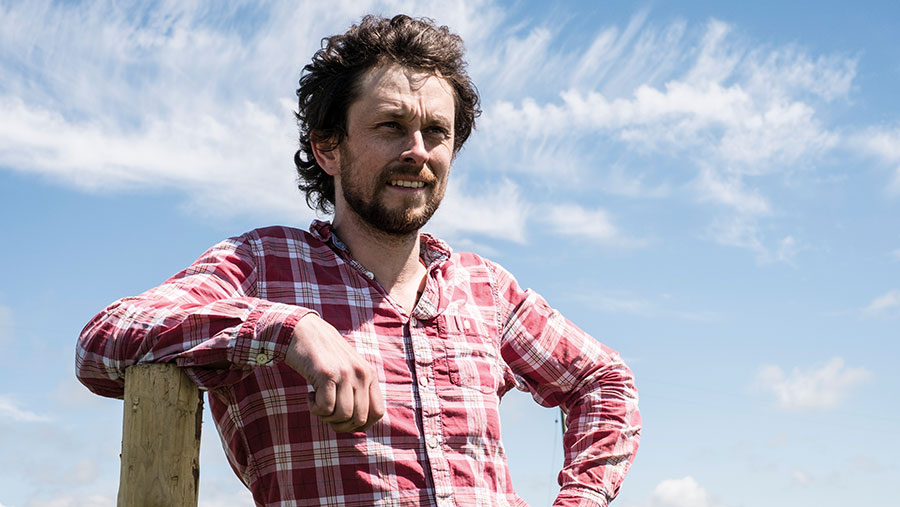Opinion: Welsh farmers need more detail on Sustainable Farming Scheme
 © Graeme Wilson
© Graeme Wilson I watched the Royal Air Force parachute team tumble out of the sky, achieving something like a formation in the Welsh wind and gracefully descending towards the centre of the ring at the Builth Wells showground.
Other performances at the Royal Welsh Show fared less well.
The Welsh government, straight from passing the first-ever Wales Agricultural Bill, found its well-choreographed piece being blown straight into the thickets before it had even jumped out of the plane.
See also: Opinion – crises call for action, not window-dressing
NFU Cymru’s intervention on the viability of the 10% tree cover rule in the Sustainable Farming Scheme was timed for maximum impact.
For some, it was a well-said statement of the obvious. For others, it was an unhelpful attempt to strong-arm the government into downgrading the ambitions of the scheme.
As I circled around the show, the frustration was palpable. Government plans in Wales currently lack any real detail.
There is no sense of what payment rates might be attached to actions, no detail on what exemptions, special arrangements or amendments might be made for different types of farms, and worrying signs that options and collaborative actions in the scheme will be pushed into the middle distance to 2027-29.
The lack of clarity has let others speculate and fill the void with varying degrees of skill and accuracy.
Fundamentally, the government has a well-thought-through set of ambitions on how to create a more resilient farming sector sited in a more resilient landscape.
The structure of universal, optional and collaborative actions provides space for farmers with different priorities to put more or less in and get more or less out.
Clearly, some of the universal actions are stumbling blocks. When I read the outline proposals last year, the 10% tree coverage stuck out like a gnarly root destined to take a large proportion of people out at the ankle.
As a tenant farmer on lowland ground, my ankles were in danger. As discourse has developed, there is an assumption that exemptions for tenants will be forthcoming.
If the tenants have a valid point of exemption, how many other subcategories of farmers believe that they should have a similar accommodation?
Whether people are going to get up and keep walking along the path may well depend on how nuanced the Welsh government is in dealing with the inevitable backwash in the consultation this autumn.
The consultation is hopefully the last leg in a long process.
It has been run on laudable principles of co-production and co-creation and, while involving stakeholders is positive, it has led to a very foggy and ponderous way ahead.
Farmers are small businesses, and many have seen their planning horizon checked and checked again with the uncertainty around the scheme.
Just the other week, Glastir Advanced was administered its end-of-life jab, with a new interim scheme promised for January 2024 – five months away. At the show, I asked a senior civil servant when we would see details, and got the sense it would be late summer or maybe autumn.
The lack of clarity is not only frustrating, it is inhibiting. If I’m about to jump out the plane door it would be good to know the size and shape of the parachute (if any) before I do.

